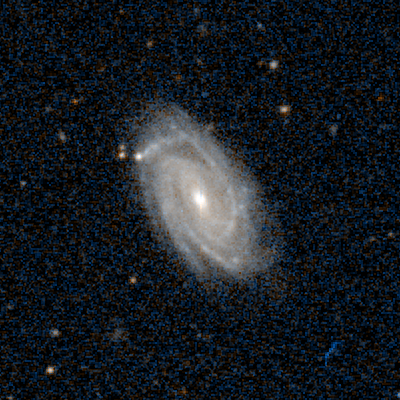Simplified to NGC as an acronym, which represents New General Catalogue is a catalogue of deep-sky objects compiled by John Louis Emil Dreyer in 1888 that contains 7,840 objects. These objects are known to include many deep space objects, including galaxies, star clusters, emission nebulae and absorption nebulae. There are two additional supplements to the NGC in 1895 and 1908, known as the Index Catalogues, describing a further 5,386 astronomical objects.
Objects in the sky of the southern hemisphere are catalogued somewhat less thoroughly. The NGC had many errors, there have been several attempts to rectify these errors, which has led to the completion of the Revised New General Catalogue and Index Catalogue in 2009.
Because of the advanced of photography, the Index Catalogues was able to identify 5,386 objects that would have otherwise not been possible. However, it is worth noting that assembling the NGC was a challenge, as Dreyer had to deal with many contradictory and unclear reports made with a variety of telescopes with apertures ranging from 2 to 72 inches. This made checking the sheer number of objects almost impossible, which is why Dreyer had to accept them as published by others for the purpose of his compilation. The catalogue contained several errors, mostly relating to position and descriptions, but Dreyer referenced the catalogue, which allowed later astronomers to review the original references and publish corrections to the original NGC.[1]
Sources
[1] = Corwin, H.G. Jr. (12 October 1999). “The NGC/IC Project: An Historical Perspective”. The NGC/IC Project. Archived from the original on 10 May 2012.

Be the first to comment on "What Are NGC Objects?"